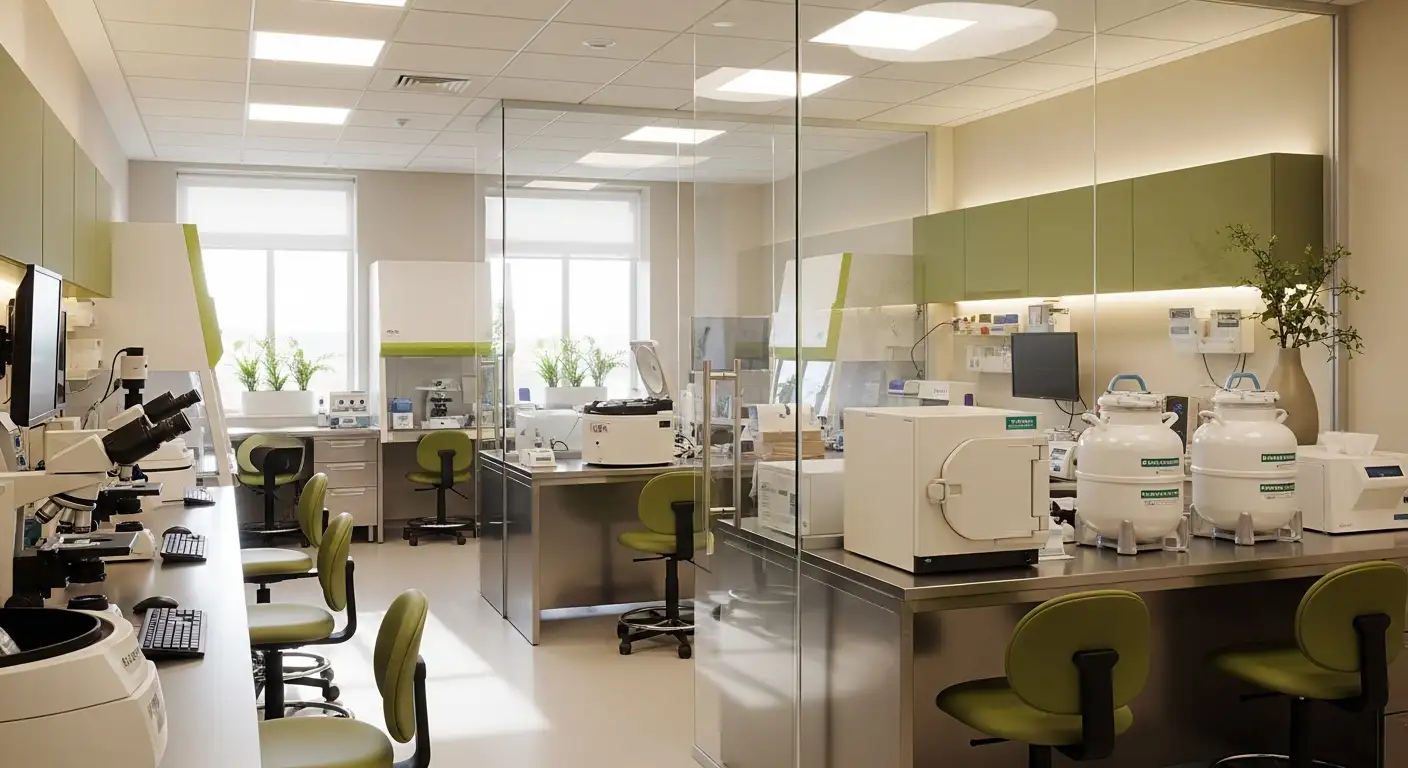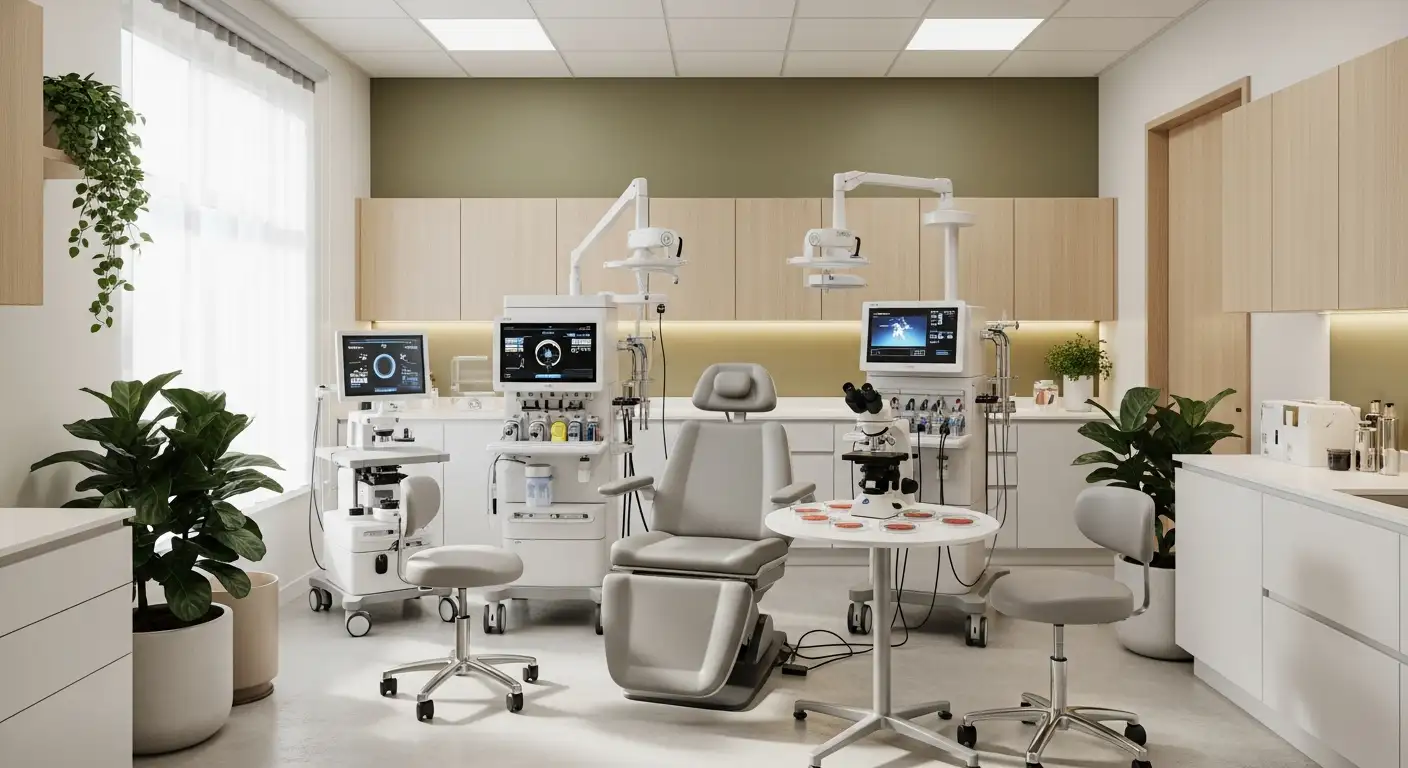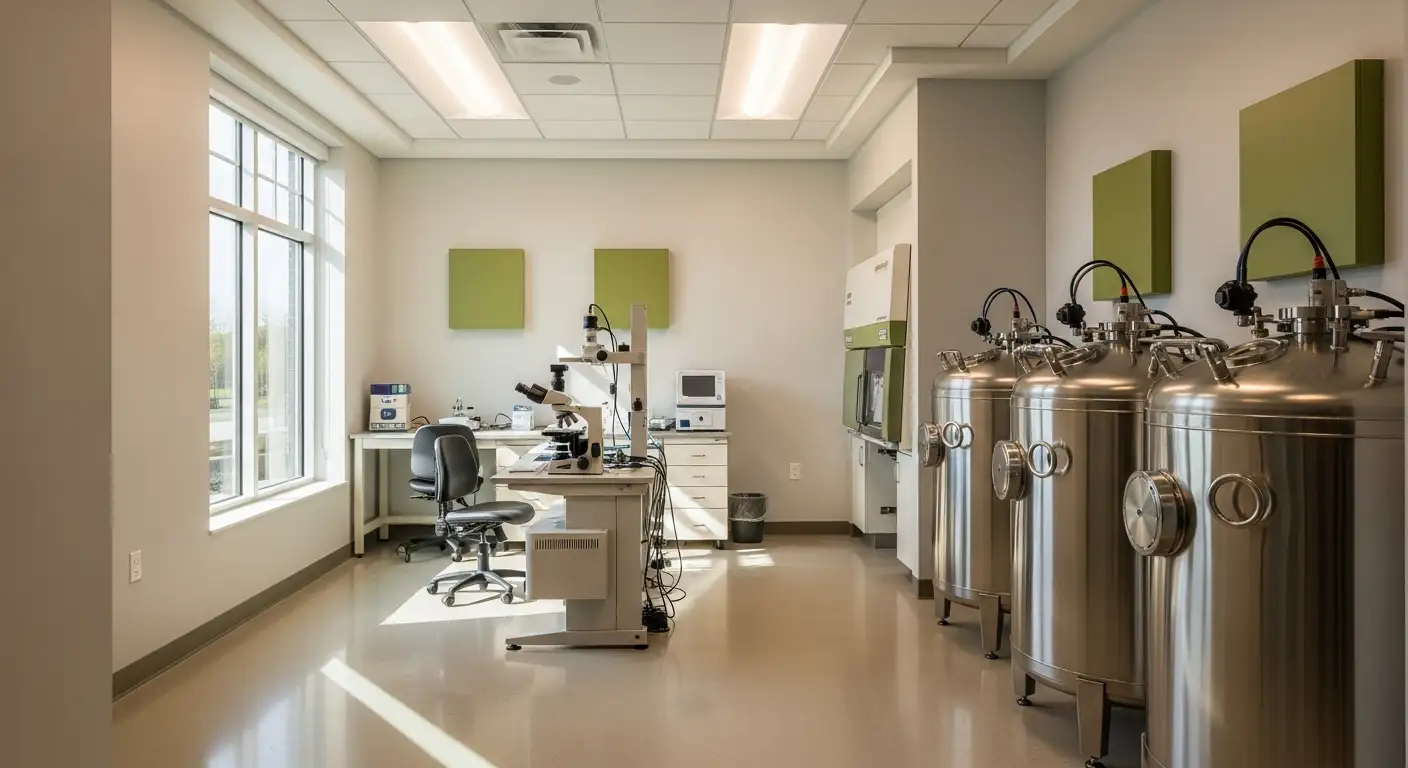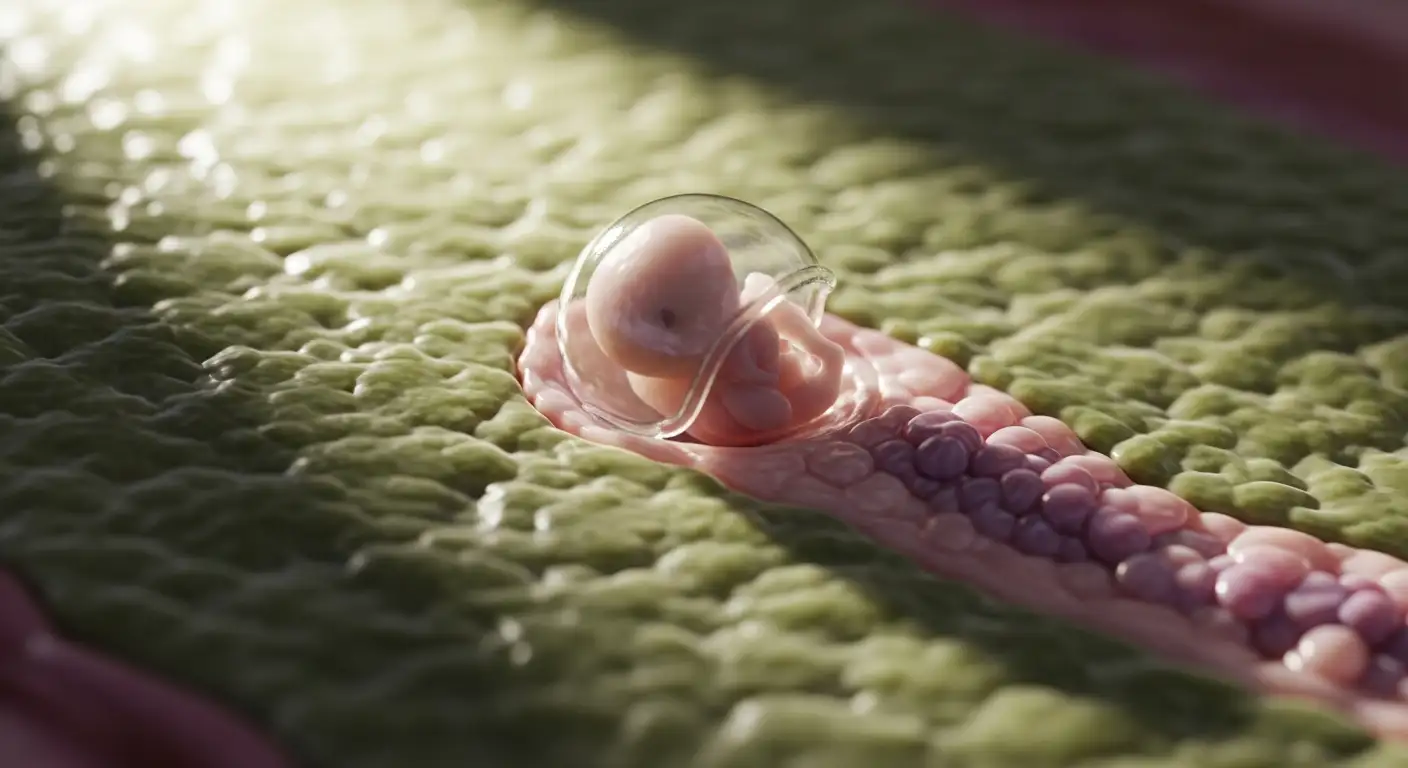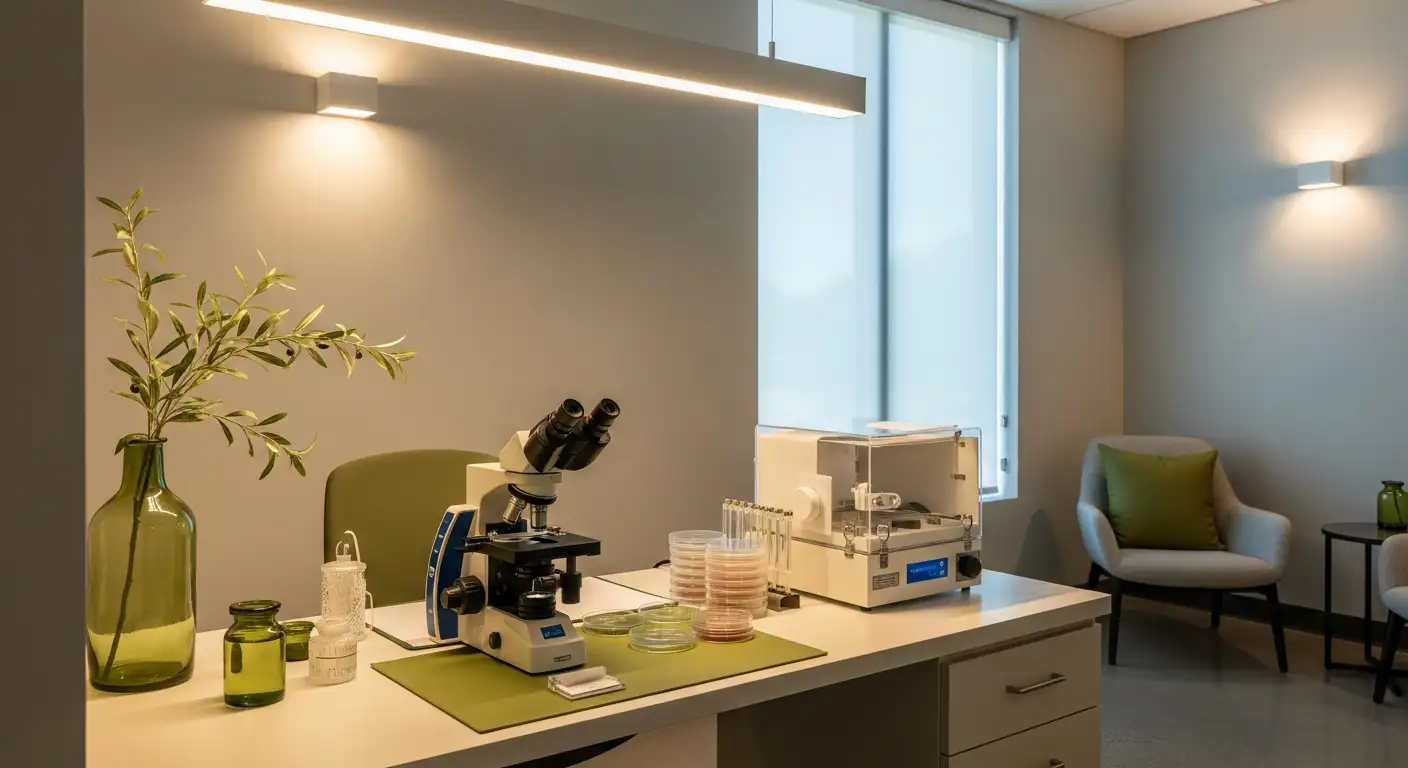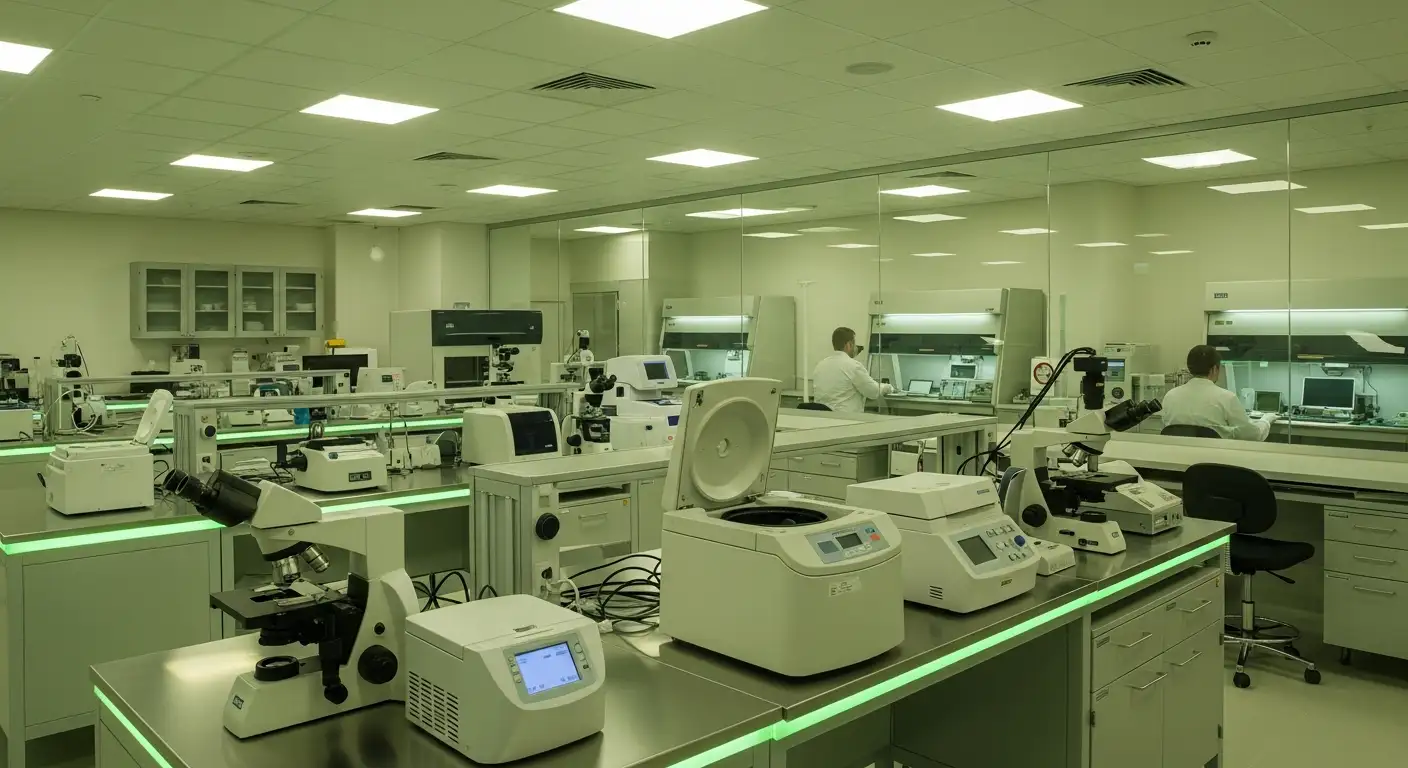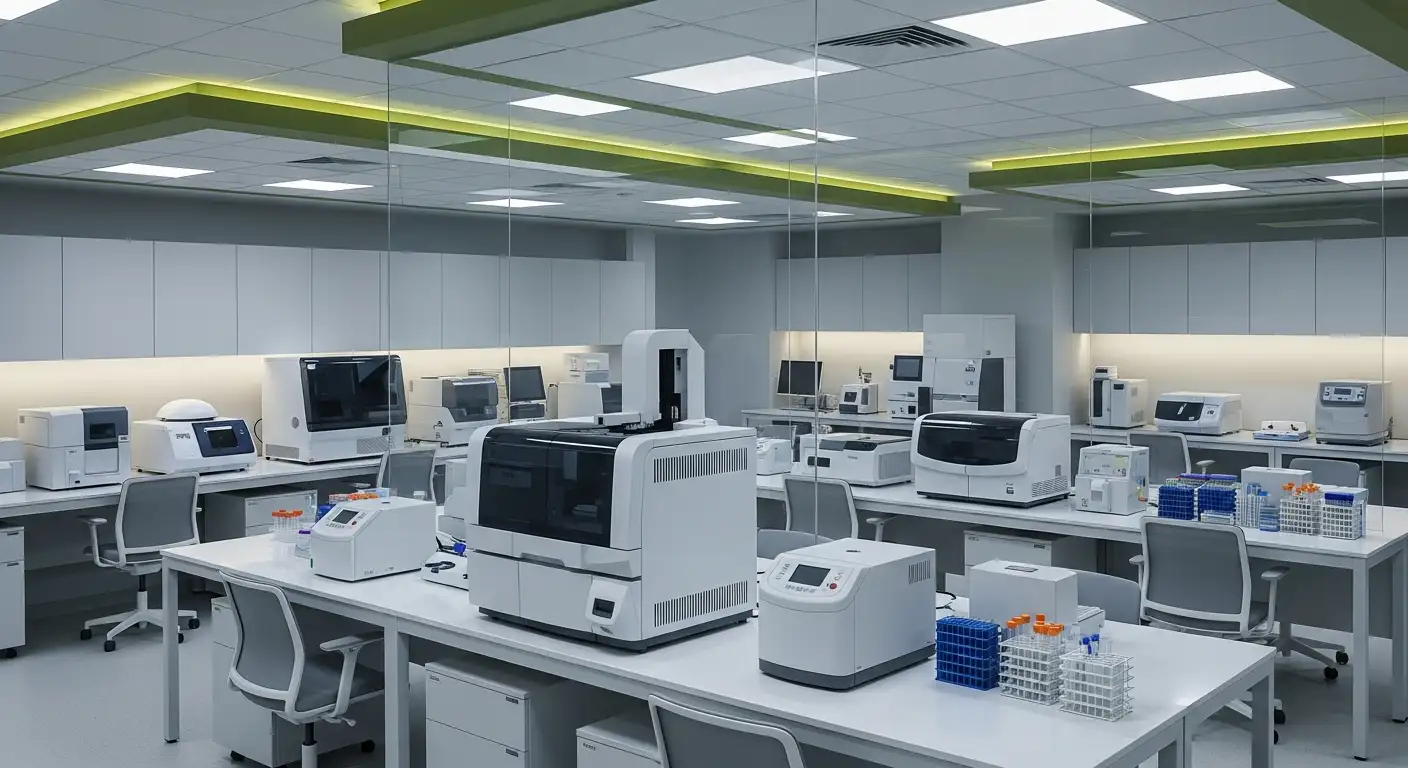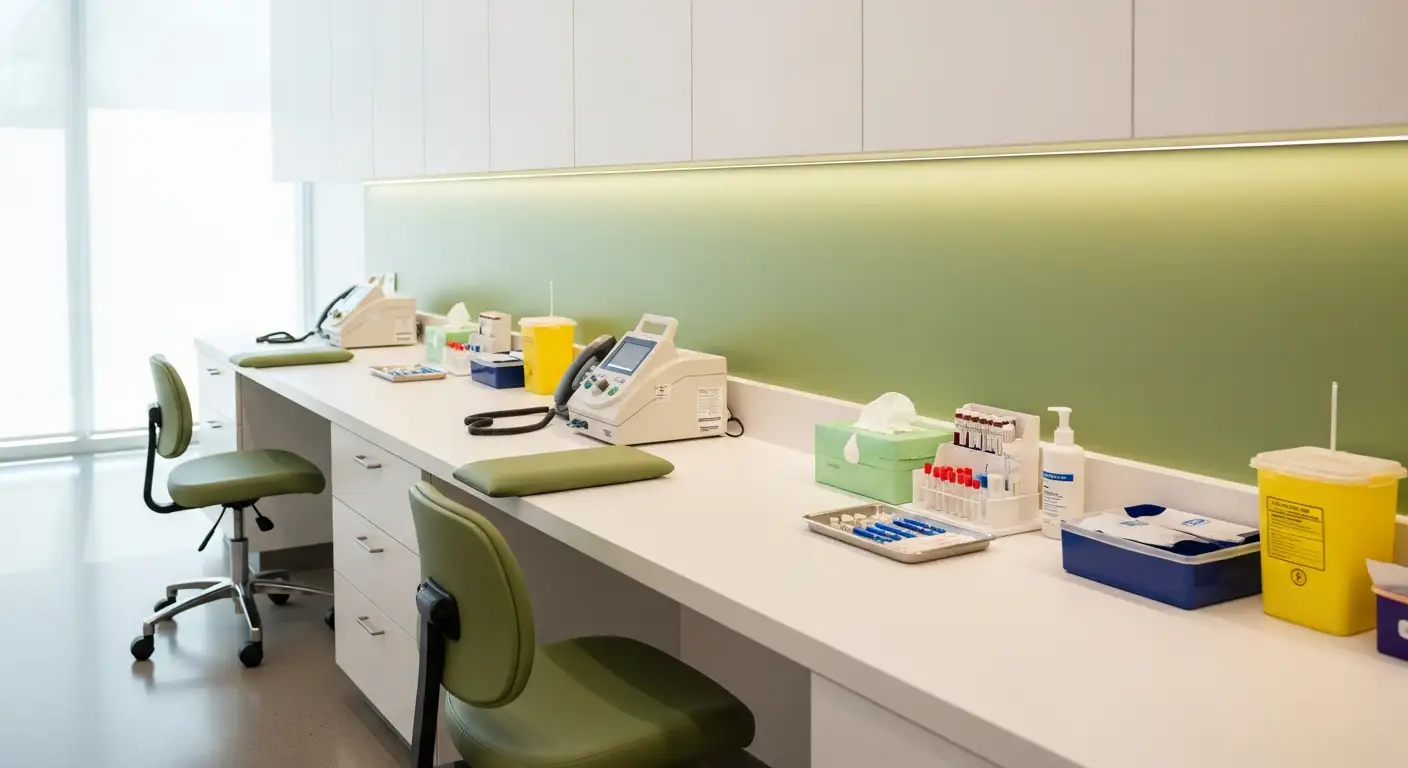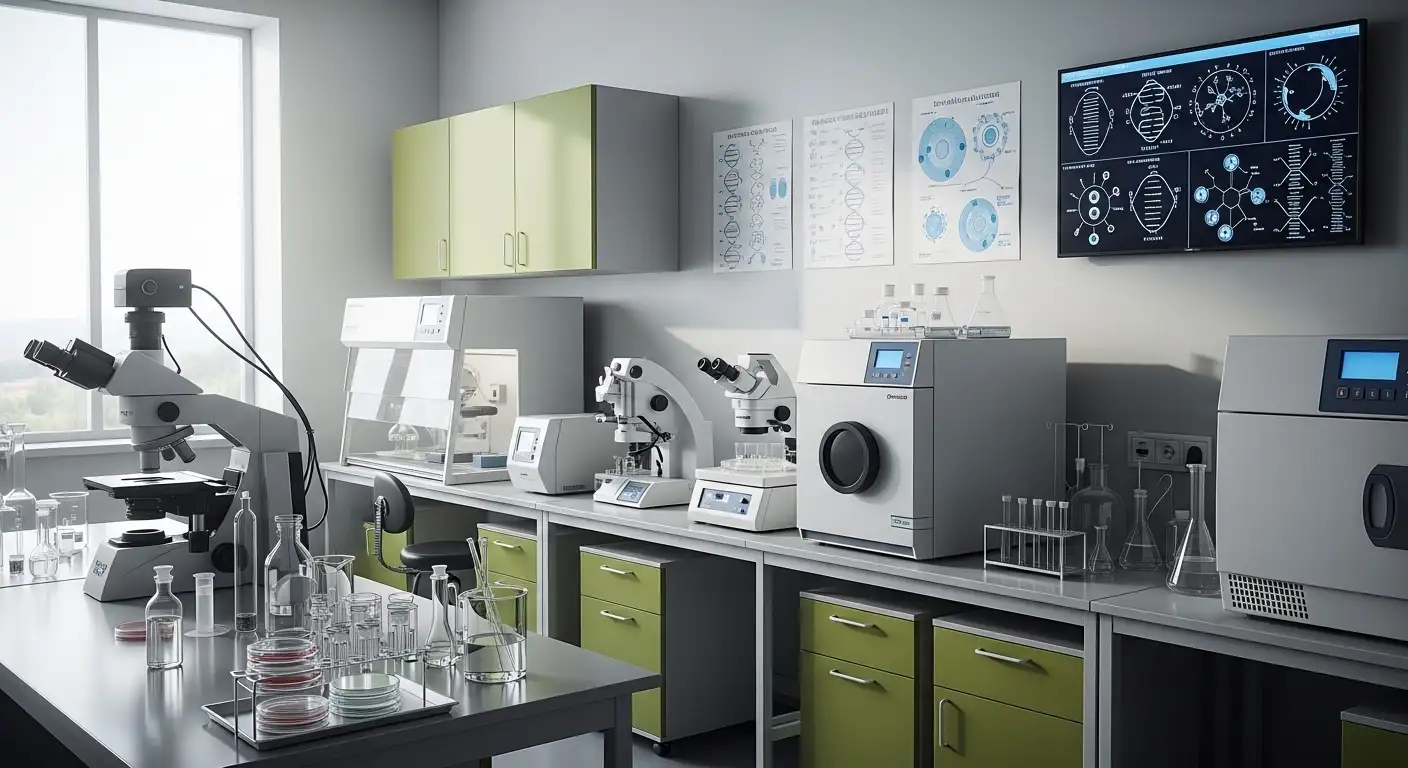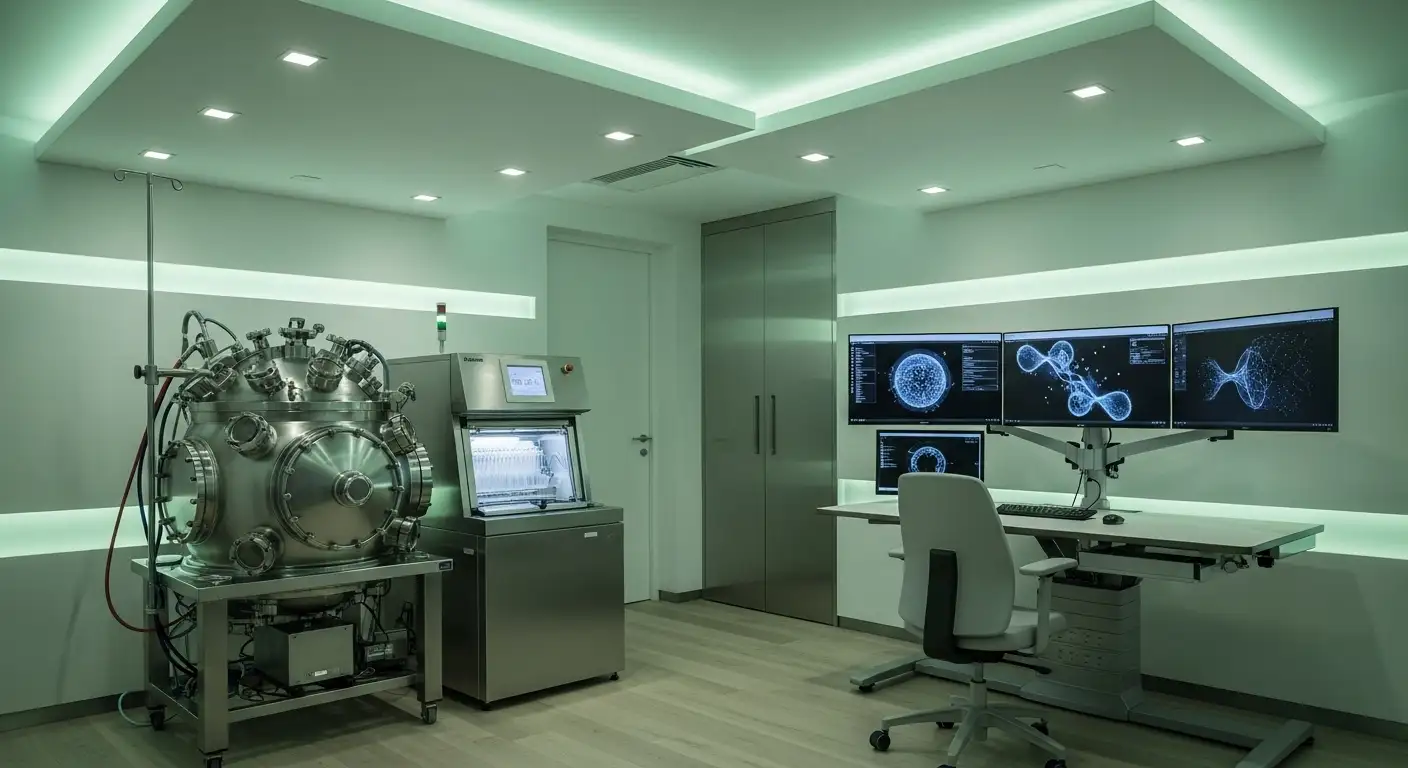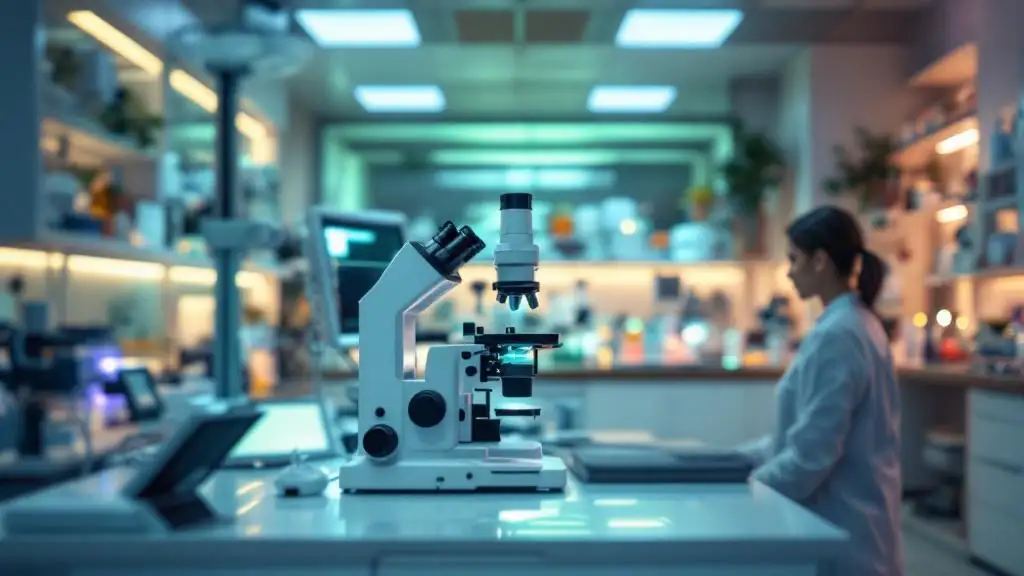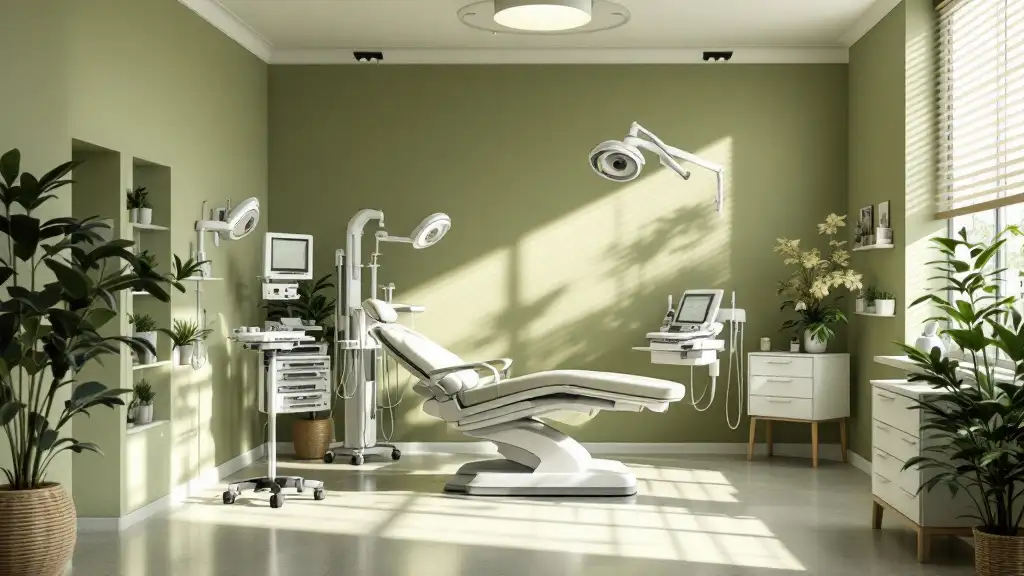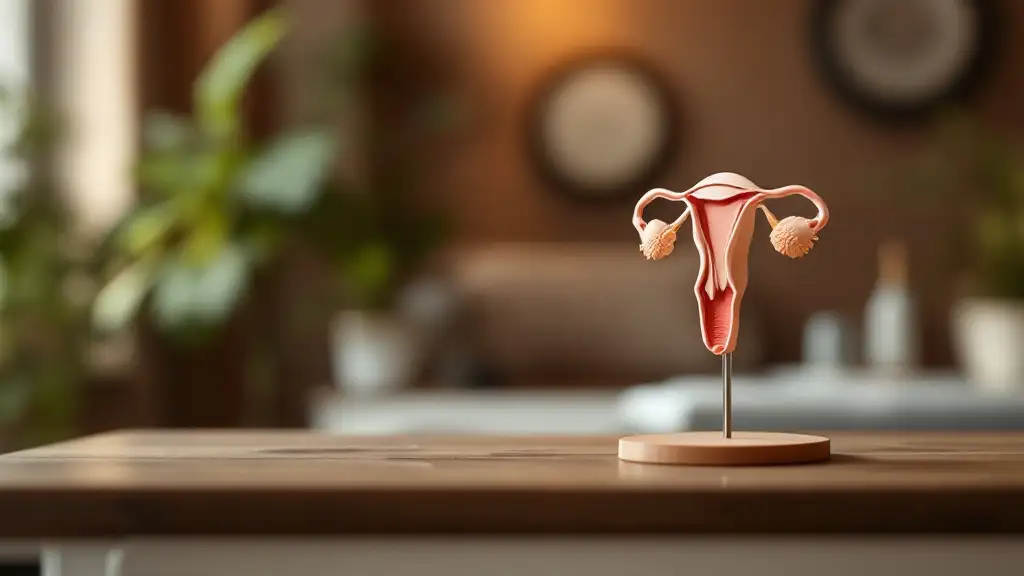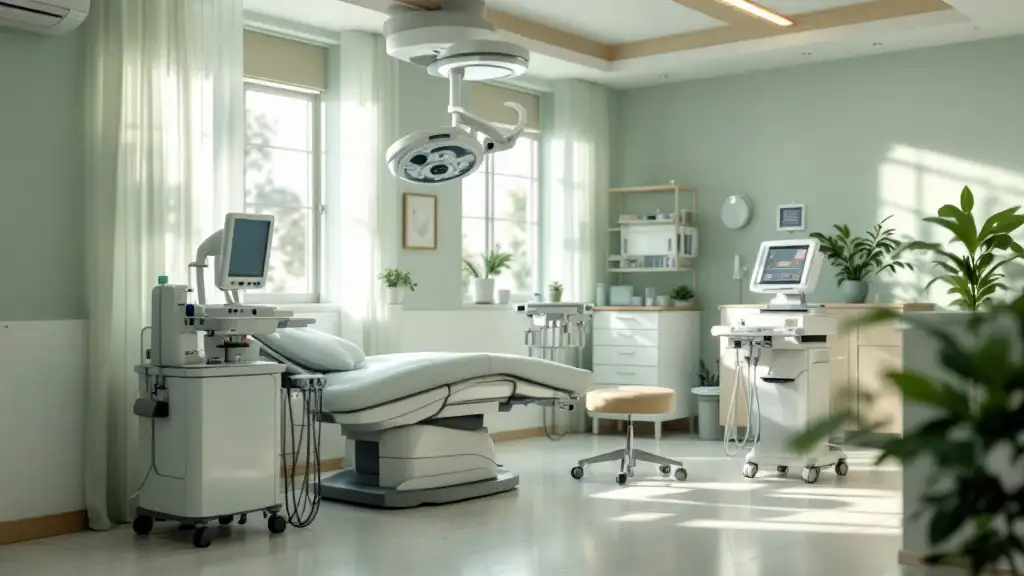Fertility and aging: understanding the biological clock
Navigating the Complexities of Fertility: Age, Biology, and Modern Medicine
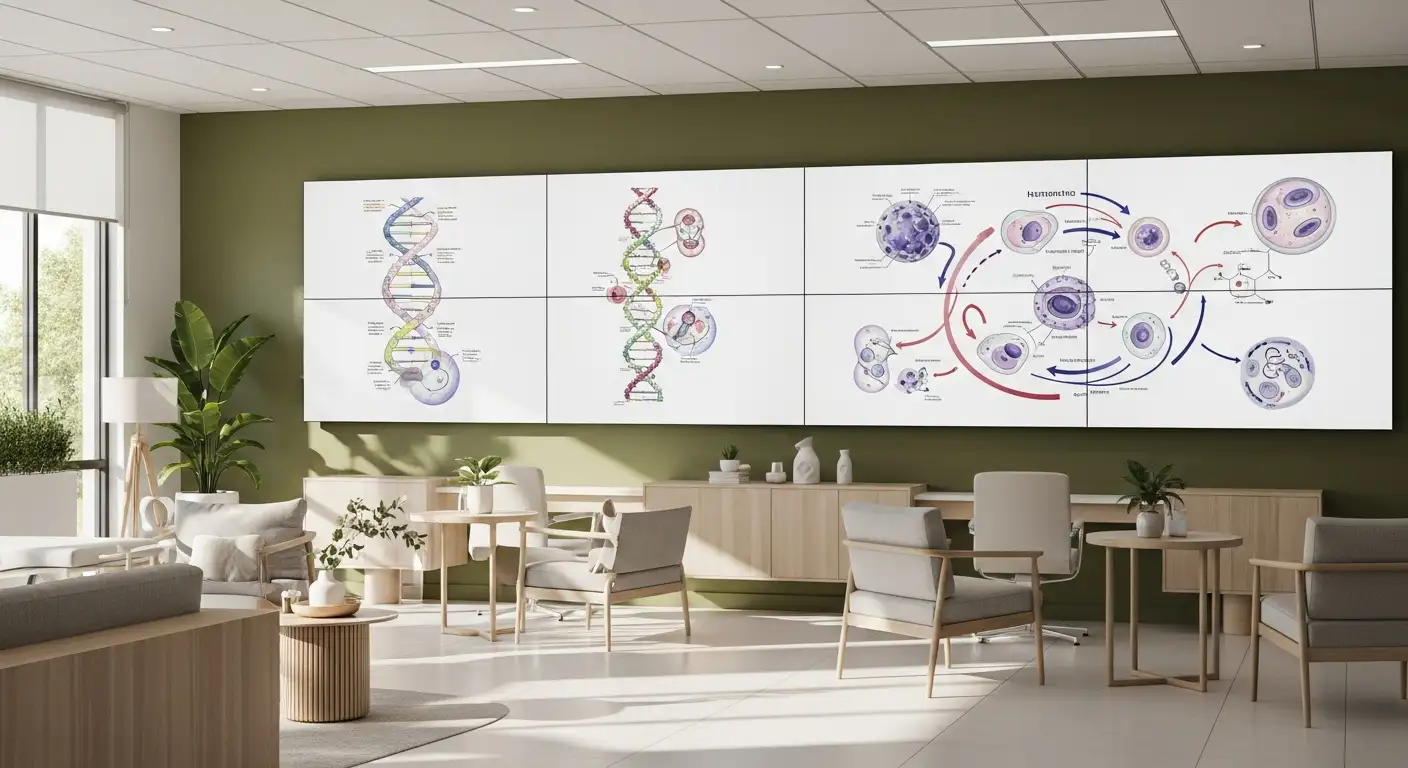
Understanding Fertility and the Biological Clock
Fertility is deeply intertwined with age, governed by a biological clock that influences reproductive potential in both women and men. As the science and technologies surrounding conception evolve, it becomes crucial to comprehend how aging affects fertility and what medical interventions can support individuals and couples in their family-building journey. This article explores the biology behind fertility decline, recent scientific discoveries about ovarian aging, medical treatments available, lifestyle impacts, and cutting-edge advancements in assisted reproductive technologies.
The Biology of Fertility Decline: Understanding the Biological Clock
What is the biological basis of fertility decline with aging?
Female fertility decreases with age mainly due to declines in both the quantity and quality of eggs. Women are born with about 1-2 million eggs, but by puberty only around 300,000 remain. This number steadily drops until menopause, making conception increasingly difficult over time.
How do age-related changes affect eggs and the ovarian environment?
As eggs age, they show more chromosomal abnormalities and inconsistent cellular division, reducing the chance of successful implantation and increasing miscarriage risks. Beyond the eggs themselves, the ovarian environment also changes. Support cells like glia and fibroblasts alter; fibroblasts can cause early inflammation and scarring in the ovaries. Additionally, sympathetic nerve networks grow denser with age, influencing egg reserve and maturation processes. These factors together impact overall ovarian health and fertility.
What effects does aging have on male fertility?
Male fertility begins a gradual decline around age 35. Older men often experience reduced sperm concentration, motility, and morphology, along with DNA integrity loss. Fathers aged 50 or older face increased risks of passing genetic conditions such as autism, dwarfism, and schizophrenia. The chances of miscarriage and fertility delays also rise with paternal age.
What do statistics reveal about fertility rates by age?
Fertility rates peak before age 32. Monthly pregnancy chances drop from roughly 25-30% in the early 20s to about 10-15% in the mid to late 30s, and fall further to 5% or less after age 40. Pregnancy rates decline gradually after 32 but drop significantly after 35-37, reflecting the biological limits imposed by aging eggs.
How do hormonal changes influence fertility with age?
Hormonal shifts disrupt ovulation frequency and consistency as a woman ages. These changes heighten the risk of genetic abnormalities in the developing embryo and increase rates of pregnancy complications like miscarriage.
What genetic risks are associated with parental age?
Advancing maternal and paternal ages both heighten genetic risks. Older eggs often have chromosomal abnormalities that can affect embryo viability. Similarly, paternal age above 50 raises chances of genetic disorders in offspring, including autism and schizophrenia, while also increasing miscarriage rates.
| Factor | Impact on Fertility | Details and Consequences |
|---|---|---|
| Egg quantity decline | Progressive reduction from birth to menopause | From 1-2 million eggs at birth to ~300,000 at puberty, ultimately near zero at menopause. |
| Egg quality deterioration | Increased chromosomal abnormalities with age | Leads to lower implantation success and higher miscarriage rates. |
| Ovarian environment changes | Altered support cells, nerve density increase | Influences egg maturation and ovarian health, including inflammation and scarring. |
| Male fertility decline | Reduced sperm quality and quantity starting ~35 | Increases in genetic risks and reduced conception likelihood. |
| Fertility statistics by age | Peak fertility before 32, decline accelerates after 35 | Monthly pregnancy rates fall significantly after mid-30s and into the 40s. |
| Hormonal shifts with age | Disrupted ovulation and pregnancy complications | Raises risk of genetic abnormalities and miscarriage. |
| Genetic risks with parental age | Elevated risks for offspring | Includes conditions like autism, dwarfism, and schizophrenia linked to advanced paternal age. |
Age-Related Fertility Challenges and Medical Evaluation

Fertility Decline Timeline and Milestones
Female fertility starts to decline gradually after age 30, with a steeper drop after 35 due to diminishing egg quantity and quality. Initially, women are born with about 1-2 million eggs, which decreases to 300,000 by puberty and continues to fall until menopause. Consequently, the monthly chance of conception shifts from around 25-30% in the early 20s to under 15% in the late 30s, and about 5% or less after 40.
Impact of Gynecologic Conditions on Fertility
Conditions such as uterine fibroids, endometriosis, polycystic ovary syndrome, or obstructions like fallopian tube blockages can significantly impair fertility. Furthermore, medical treatments like chemotherapy might affect reproductive function, while hormonal changes with age disrupt ovulation and increase miscarriage risks.
When to Seek Fertility Evaluation
Women under 35 are advised to seek fertility evaluation after one year of unsuccessful conception attempts. For women over 35, this period shortens to six months due to accelerated fertility decline. Such evaluation typically includes tests to identify ovulatory function issues, anatomical factors, or partner sperm health concerns.
Infertility Causes in Women and Couples
Infertility can stem from female factors, male factors such as reduced sperm count and motility, or combined issues. In up to 15% of couples, no specific cause is found. Age-related egg depletion and reduced sperm quality contribute significantly, especially when women are over 35 and men are over 40.
Age-Specific Guidance for Fertility Assessment
Experts recommend earlier assessment and timely medical counseling for women over 35 planning pregnancy, enabling earlier interventions such as assisted reproductive technologies when appropriate. Understanding the ongoing decline in reproductive potential with age assists couples in making informed family planning decisions.
Medical Treatments to Support Conception at Different Ages
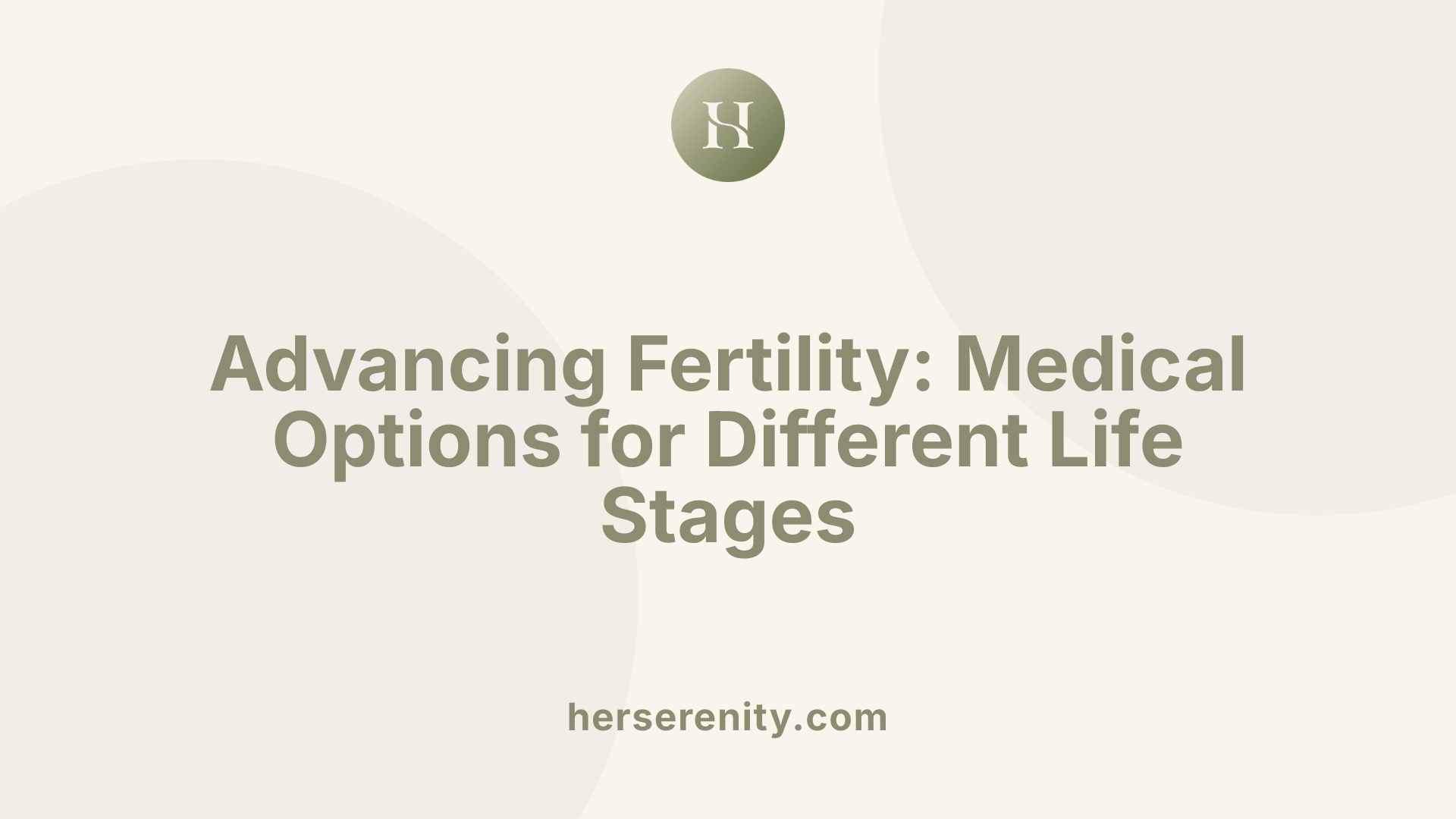
What Are the Common Medical Treatments Available to Assist Individuals and Couples with Conception?
Medical treatments for fertility encompass various options tailored to an individual’s age, health condition, and reproductive goals. Fertility medications, such as clomiphene citrate and gonadotropins, are commonly used to stimulate ovulation, especially in cases where hormonal imbalances hinder egg release.
Surgical interventions also play a crucial role, particularly for gynecological issues like uterine fibroids, endometriosis, or blocked fallopian tubes. Procedures like laparoscopy or hysteroscopy help correct these problems, improving the chances of natural conception.
Assisted reproductive technologies (ART) have revolutionized fertility care. Intrauterine insemination (IUI) involves placing sperm directly into the uterus around the time of ovulation, enhancing fertilization chances. In vitro fertilization (IVF) remains the most effective ART, involving egg retrieval, fertilization outside the body, and embryo transfer. IVF success rates tend to be higher with younger women and when chromosomally normal embryos or donor eggs are used.
Egg and embryo freezing have emerged as valuable fertility preservation options. Women who delay pregnancy can freeze their eggs or embryos, ideally before age 35, to protect against natural declines in egg quantity and quality. These preservation techniques extend reproductive options, though freezing does not stop biological aging.
Success rates vary with age; younger patients often see higher pregnancy rates due to better egg and embryo quality. While IVF offers hope for women in their 40s, using one’s own eggs beyond age 46 is generally discouraged due to very low success probabilities.
Overall, medical treatments to support conception are selected based on individual circumstances, balancing age, fertility status, and specific health concerns to optimize outcomes.
Lifestyle Factors Influencing Reproductive Health and Fertility

What lifestyle changes can improve reproductive health and increase the chances of conception?
Adopting healthy lifestyle habits plays a crucial role in enhancing fertility for both women and men. Maintaining a balanced diet rich in essential nutrients supports hormonal balance and the quality of eggs and sperm. Managing weight through proper nutrition and moderate exercise is important, as obesity or being underweight can disrupt ovulation and sperm production.
Avoiding smoking, excessive alcohol consumption, and recreational drug use is vital since these substances can decrease fertility by damaging reproductive cells and interfering with hormonal functions. Stress management techniques, including mindfulness, yoga, or relaxation exercises, help reduce cortisol levels that may impair ovulation and sperm quality. Ensuring sufficient, restorative sleep further supports reproductive hormone regulation and overall health.
Regular medical checkups and paying attention to ovulation patterns enable early identification of reproductive issues. Together, these lifestyle modifications optimize the reproductive environment, increasing the chances of conception naturally and complementing medical fertility treatments when necessary.
Advancements in Assisted Reproductive Technologies (ART) and Fertility Preservation
What advancements have been made in assisted reproductive technologies (ART)?
Assisted reproductive technologies have seen significant progress, particularly in embryo cryopreservation. Techniques like vitrification—a rapid freezing method—have dramatically improved the survival and viability of frozen eggs and embryos, raising success rates for future implantation. Alongside enhanced cryopreservation, emerging technologies such as in vitro gametogenesis are being explored to generate eggs and sperm from other cell types, potentially offering solutions for individuals with reduced fertility.
Gene editing technologies show promise in correcting genetic abnormalities in embryos, aiming to reduce the risk of inherited conditions. Artificial intelligence (AI) is increasingly integrated into fertility clinics to analyze subtle embryo and sperm characteristics, facilitating more informed selection and personalized treatment planning that enhances outcomes.
Fertility preservation, especially egg freezing, has become a widely accepted option for both medical and social reasons. Its popularity has led to evolving regulatory frameworks across various countries, reflecting ongoing debates about age limits and access. For example, some nations maintain age restrictions while others have more flexible policies, acknowledging both safety and social factors.
Research advancements extend beyond clinical interventions to improved imaging techniques. Novel three-dimensional ovarian imaging allows detailed visualization of egg clusters and their microenvironments without invasive slicing. This breakthrough aids understanding of ovarian aging and may contribute to therapies designed to delay fertility decline.
Additionally, andrology research investigates sperm quality issues with age, complementing female fertility studies. Integration of these scientific and technological advances positions ART as a dynamic field continuously enhancing reproductive options for individuals facing age-related or other fertility challenges.
Comprehensive Support in Fertility Services: Counseling and Individualized Care
How do reproductive health services support couples struggling with infertility?
Reproductive health services offer an all-encompassing approach to help couples facing infertility challenges. They begin with thorough diagnostic testing to identify underlying issues, such as egg quality decline related to age, male sperm quality concerns, or conditions like endometriosis and uterine fibroids.
Personalized treatment plans are crafted based on individual patient profiles. Factors such as age, medical history, lifestyle, and specific fertility diagnoses guide decisions. This ensures procedures like IVF, intrauterine insemination, or egg retrieval are tailored for optimal success.
Beyond medical interventions, emotional and psychological counseling plays a crucial role. Infertility can cause stress and anxiety, so mental health support helps individuals and couples navigate emotional hurdles.
Education is provided regarding fertility risks, including how aging affects egg and sperm quality and the impacts of lifestyle choices. This empowers patients to make informed decisions and consider options like egg freezing or sperm banking when appropriate.
Lastly, fertility services strive to reduce disparities by improving access to care, addressing financial, cultural, and social barriers that might prevent some from receiving treatment.
What factors are considered when choosing a specific fertility treatment?
Selecting an appropriate fertility treatment requires balancing multiple factors:
- Cause of infertility: For example, polycystic ovarian syndrome may be addressed with medications, while male factor infertility might require assisted reproductive technologies.
- Age and ovarian reserve: Older women with diminished egg quantity or quality may be recommended IVF with donor eggs or embryo freezing.
- Previous treatment history: Responses to earlier interventions inform future strategies.
- Lifestyle factors and patient preferences: These guide the choice for less invasive or more aggressive treatments.
Healthcare providers integrate these elements to optimize treatment success while minimizing physical and emotional burdens.
Emotional and Psychological Support
Emotional well-being is emphasized alongside medical care. Counseling services help manage the strain of infertility diagnosis and treatment, improving mental health and treatment adherence.
Education on Fertility Risks and Prevention
Comprehensive education helps patients understand age-related fertility decline, the benefits and limitations of fertility preservation, and how lifestyle factors influence reproductive health.
Reducing Disparities in Fertility Care
Fertility clinics actively work to eliminate inequalities by offering inclusive counseling, flexible treatment options, and assistance programs, ensuring equitable access for diverse populations.
Importance of Counseling Alongside Medical Treatment
Counseling supports informed decision-making and coping strategies, enhancing overall patient experience and outcomes during often stressful fertility journeys.
Looking Forward: Empowerment Through Knowledge and Innovation
Understanding the complex interplay between aging and fertility empowers individuals and couples to make informed decisions about their reproductive health. While biological aging imposes significant challenges, advances in medical treatments, fertility preservation, and supportive care are expanding possibilities and offering hope. Combined with healthy lifestyle choices and access to comprehensive reproductive health services, navigating the biological clock no longer means facing inevitable decline alone. Ongoing research into ovarian aging and innovative technologies promises further breakthroughs, fostering a future where reproductive potential can be better preserved and managed for a diverse range of family-building aspirations.
References
- Understanding pregnancy's biological clock
- The Biological Clock: Understanding How Age Impacts ...
- Making Fertility Precarious - Freezing Fertility - NCBI Bookshelf
- Fertility & Age: What Science Says About the Biological Clock
- Why Does Female Fertility Decline So Fast? The Key Is ...
- Your Biological Clock May Be Older Than You Think
- What Your So-Called Biological Clock Really Means
- Age and Fertility: Exploring the Biological Clock - Punta Mita
- The Connection Between Age And Fertility: What You ...
- New techniques in assisted reproductive technology

